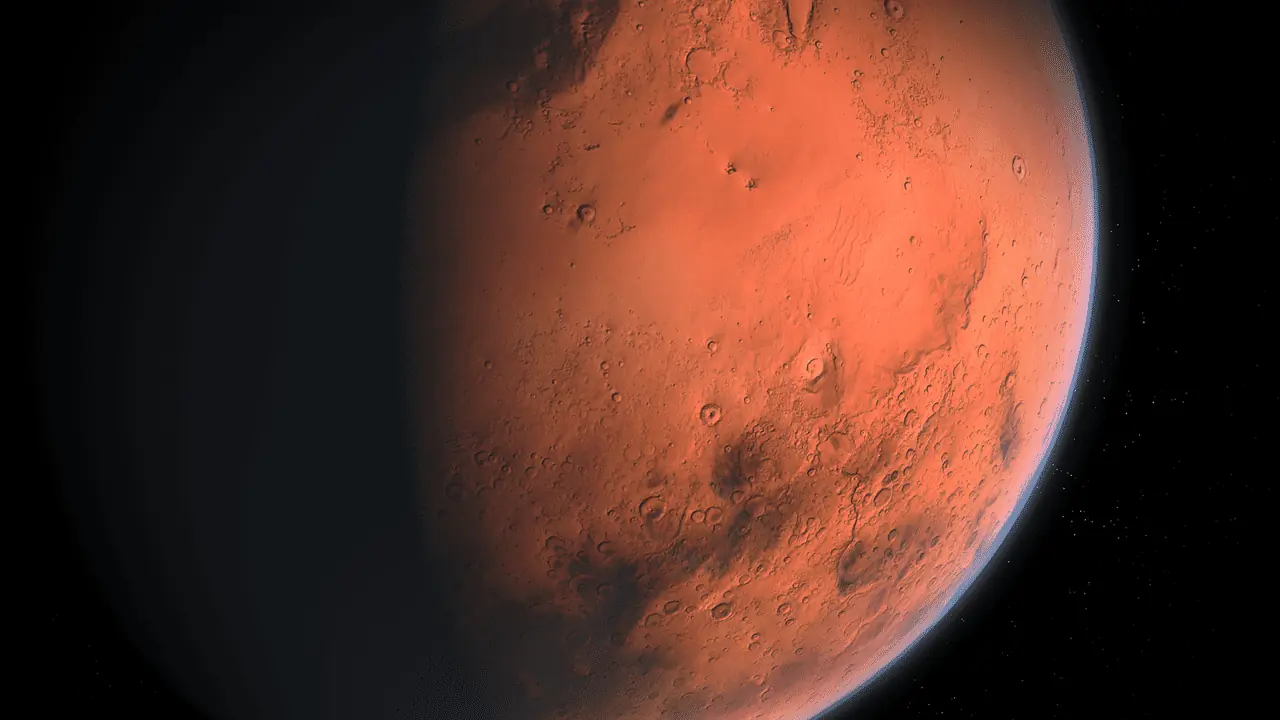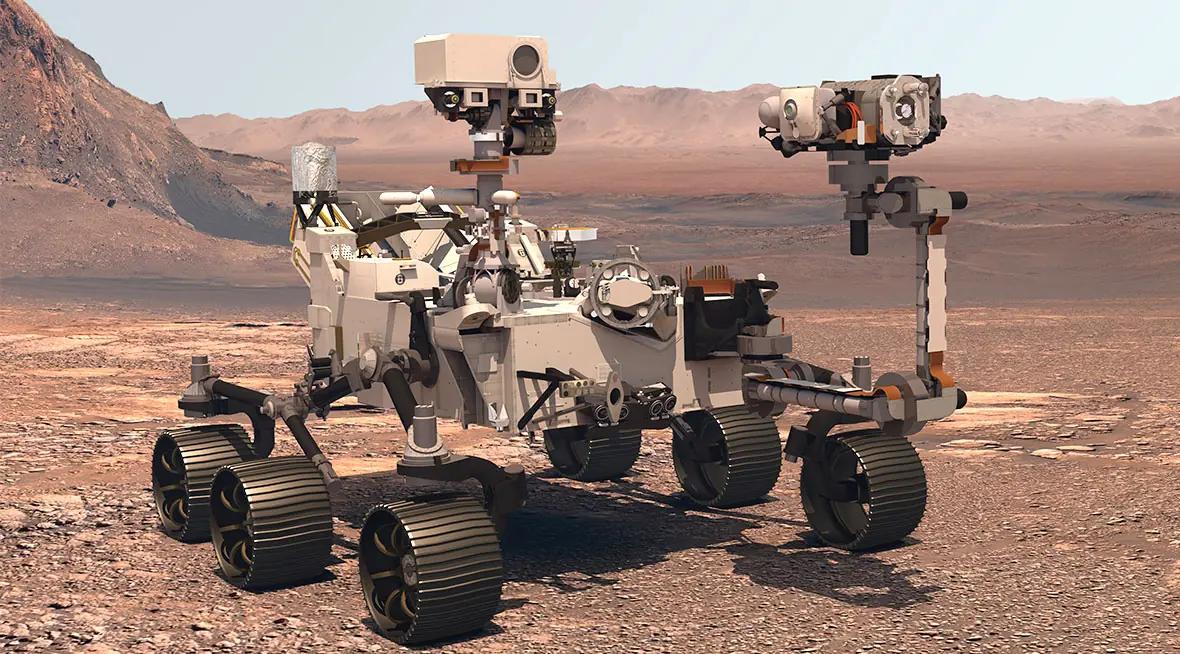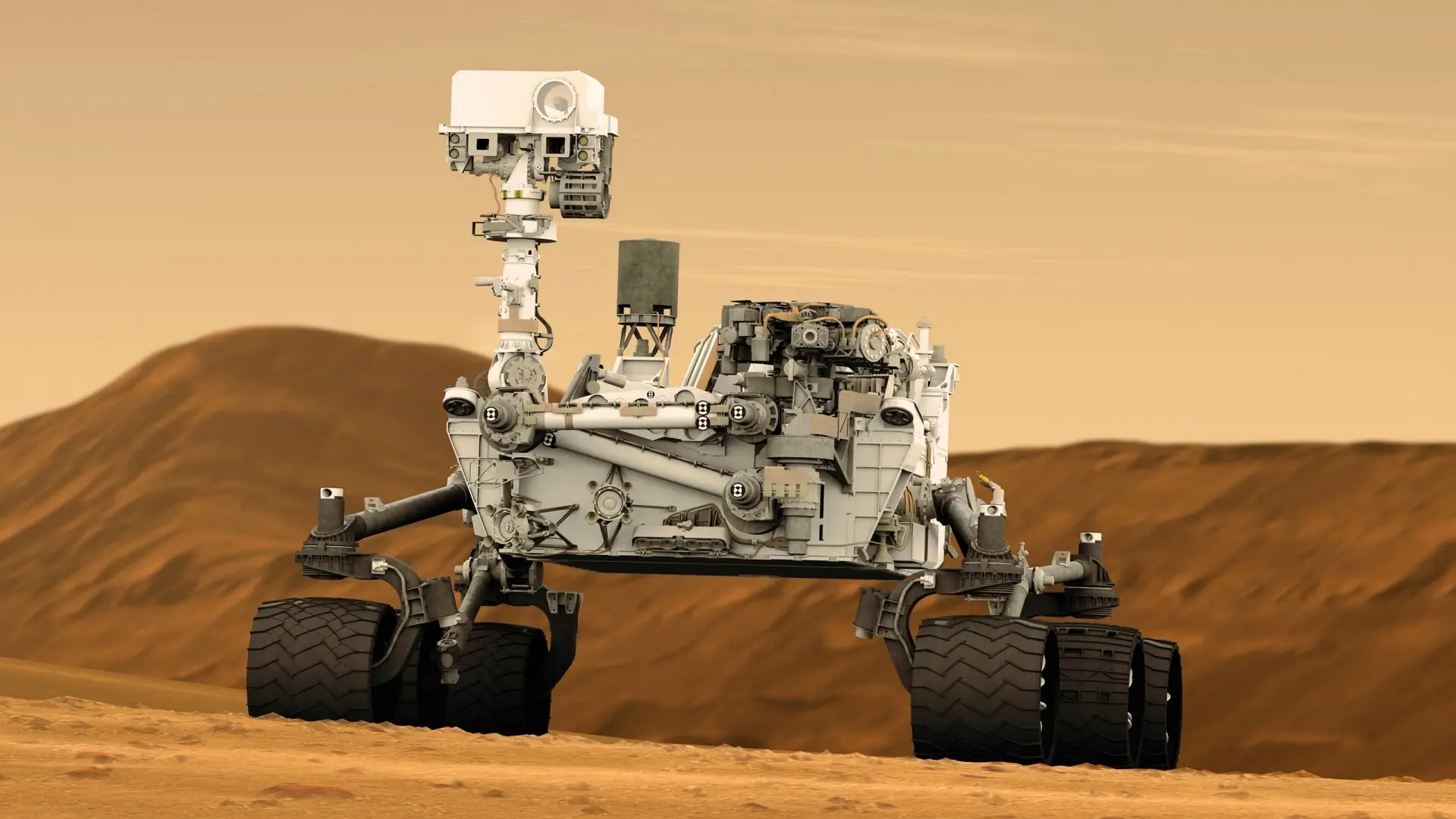
NASA’s Perseverance Rover Detects Something on Mars That Shouldn’t Be There
NASA’s Perseverance rover has spent more than five years traversing the rugged terrain of Mars, documenting the planet’s ancient landscapes and searching for signs of past life. But its latest discovery has stopped researchers in their tracks: an object that, by all expectations, should not be there at all. The finding has sparked a wave of curiosity—and confusion—among scientists back on Earth.
As space exploration advances, our understanding of the cosmos evolves just as quickly. While distant galaxies steal much of the spotlight for their mystery, even the planets closest to us still hold secrets waiting to be uncovered. Mars, often seen as humanity’s next great frontier, continues to surprise us despite decades of observation.
Although multiple space agencies have set their sights on eventually sending humans to the Red Planet, our current knowledge comes almost entirely from sophisticated robotic rovers. These machines crawl across Mars’ dusty surface capturing images, collecting samples, and performing experiments that astronauts are still years away from doing in person.
One such rover, NASA’s Perseverance, recently detected a highly unusual rock formation—one that appears to be completely out of place. The discovery occurred in the Vernodden region of Jezero Crater, an area already known for its diverse geology. The object, roughly 80 centimeters (31 inches) wide, stood out immediately due to its impressive size and unusual shape.
NASA scientists have named the rock Phippsaksla, and what makes it extraordinary is its composition. Rich in iron and nickel, its mineral makeup strongly suggests it did not originate on Mars. Instead, the most plausible explanation is that Phippsaksla is a meteorite—likely a fragment of a large, ancient asteroid that once roamed the early Solar System.
Its distinct appearance caught Perseverance’s attention from a distance. Towering above nearby stones, the rock’s smooth, metallic surface contrasted sharply with the surrounding landscape, prompting the rover to capture a series of detailed images.
Using its advanced SuperCam instrument—which fires laser pulses and analyzes the resulting light signatures—Perseverance was able to study the rock’s internal chemistry. The data supported the theory that the object is an iron-nickel meteorite, similar to those occasionally found on Earth, though less common on Mars.
While other meteorites have been discovered on the Martian surface, this marks the first iron-nickel meteorite ever recorded by Perseverance. Scientists say it could provide valuable insights into asteroid formation, the history of impacts on Mars, and even the environmental conditions that allowed such objects to be preserved for so long.
Adding to the intrigue, researchers believe the meteorite may have arrived on Mars billions of years ago—possibly during a period when the planet had a thicker atmosphere and more active surface processes. Further analysis could help determine its age, origin point, and the cosmic journey it took before landing in Jezero Crater.
As scientists continue to study Phippsaksla, the discovery serves as yet another reminder that Mars remains a world full of surprises. Each unexpected find pushes the boundaries of what we know about our neighboring planet and deepens our understanding of the Solar System’s ancient past.
News in the same category


Sweden Turns School Lunchrooms Into Forest-Inspired Sanctuaries to Boost Student Well-Being

When Pleasing Others Hurts Your Health: New Study Links People-Pleasing to Autoimmune Risk

Why We Sleep With ‘T-Rex Arms’: A Self-Soothing Posture Linked to Stress and Neurodivergence

Choose the Longest Line

France Turns Forgotten Railway Tunnels into Poetic Winter Shelters for the Unhoused

Rose Essential Oil May Boost Brain Structure: New Study Reveals Increased Gray Matter Volume

Pouring medicated oil on garlic seems like a strange thing to do, yet it offers surprising benefits that not everyone knows about

Always Close Your Bedroom Door Before Going to Sleep

Why So Many New York Buildings Don’t Have a 13th Floor

Norway’s Living Kelp Barriers: Nature-Built Protection for a Changing Coastline

Italy’s Porous Streets: A Quiet Innovation That Lets Cities Breathe Again

How Israel Is Turning Water Pipes Into Clean Power Plants

Powerful Health Benefits of Pineapple You Should Know

🐍 What to Do If You’re Bitten by a Snake — When Help Is Far Away

Motherhood Rewires the Brain: Why Postpartum Recovery Takes Years, Not Weeks

Eating More Than One Egg a Week May Slash Alzheimer’s Risk by 47%

CRISPR Breakthrough Offers Hope for a Potential HIV Cure
News Post

Richard Dreyfuss’ son Ben reveals why he and siblings are ‘estranged’ from Oscar-winning dad

NFL Gracie Hunt supports idea for alternate Super Bowl halftime show over Bad Bunny

I’m A Celebrity 2025: Kelly Osbourne sends message to brother Jack after his claims about filming The Osbournes

Strictly Come Dancing star Vicky Pattison emotional over husband’s elimination video

Inside I’m A Celebrity star Aitch’s adorable bond with disabled sister Gracie – dedicating a song to her; climbing Mount Kilimanjaro; how she ‘changed’ his life

MAFS UK's Abi issues emotional relationship status update

Jess Glynne delights fans with response to I'm A Celeb's Alex Scott's marriage confession

Emmerdale fans 'rumble' DNA twist as April is 'not Marlon Dingle's daughter'

Homemade ABC Collagen Ice cubes for Glowing Skin

LeBron James says Texas trooper who shoved South Carolina players needs to be suspended

Kate Middleton announces date and theme for her Christmas carol concert

Oti Mabuse makes decision about the future for sake of her baby daughter

Inside Lee Mack’s marriage with rarely-seen wife Tara – from ‘friction’ at home to son who appeared on his BBC show

Strictly backlash as Carlos Gu accused of ‘fake’ crying after judges’ comments to partner Karen Carney

Real Housewives of London and Cheshire to merge in UK crossover show

Strictly's Dianne Buswell addresses criticism from former partner over Joe Sugg decision

Gemma Atkinson addresses family chaos after Gorka Marquez left with 'blood everywhere'

The Power of Black Walnut Hull
